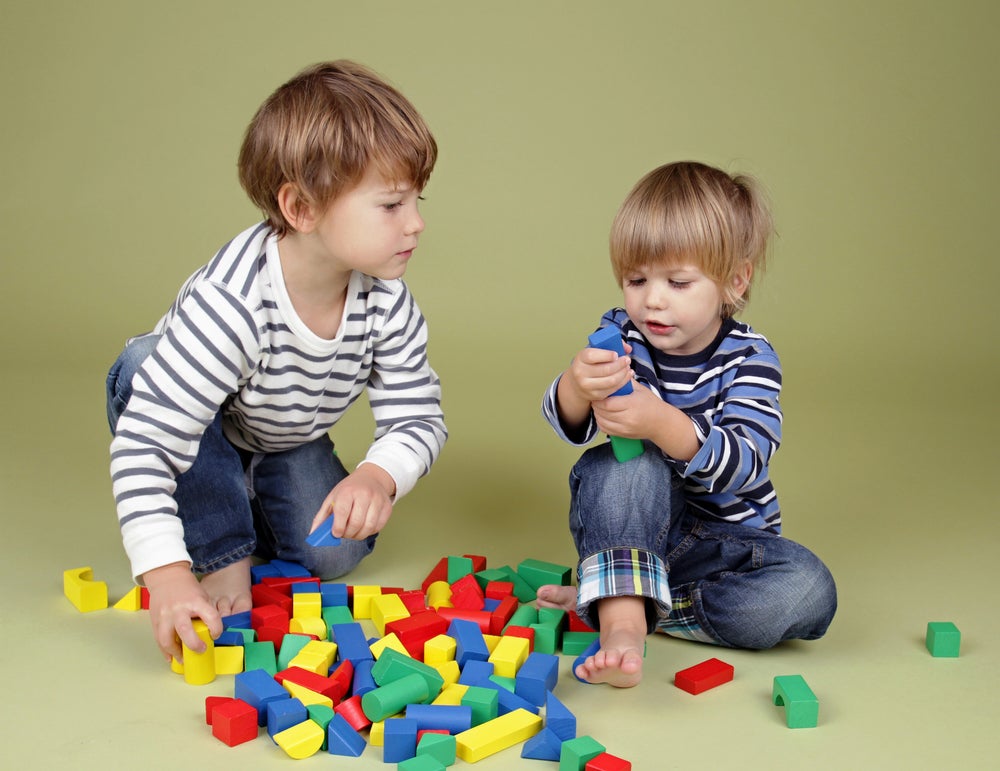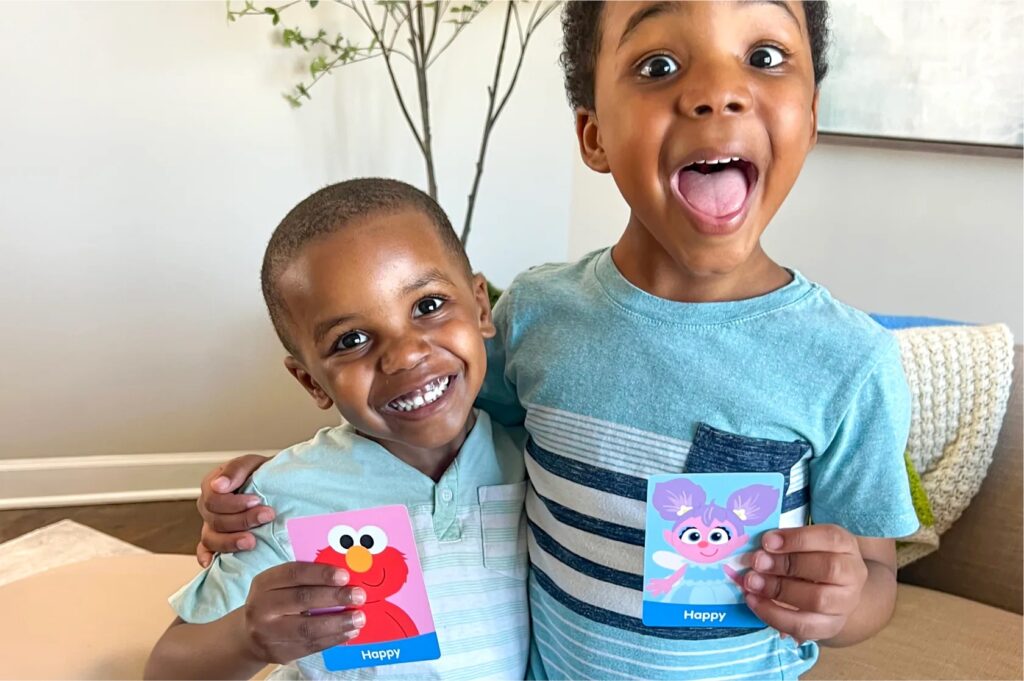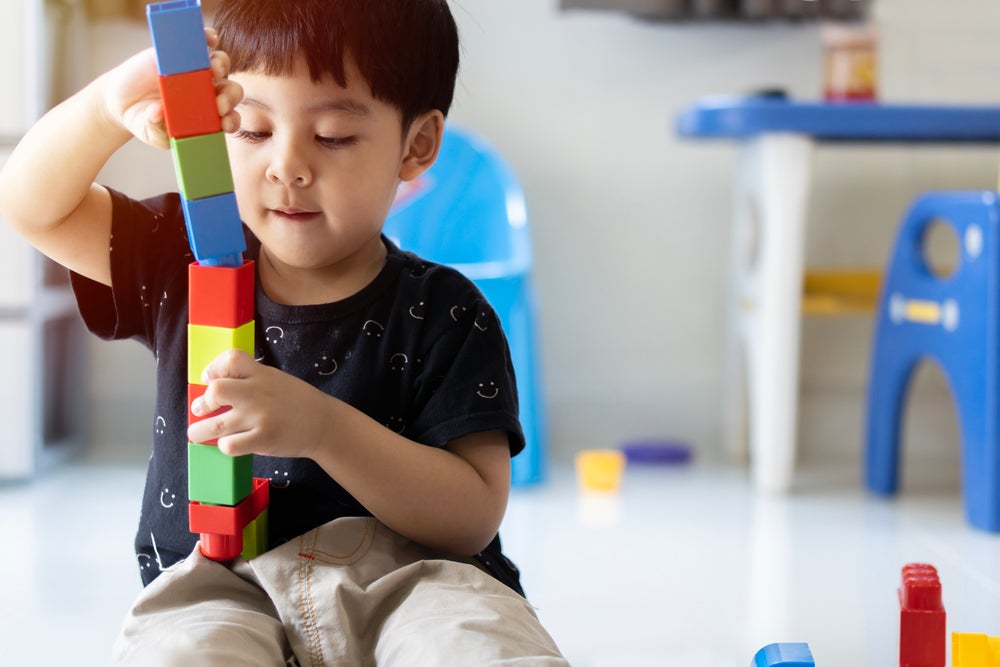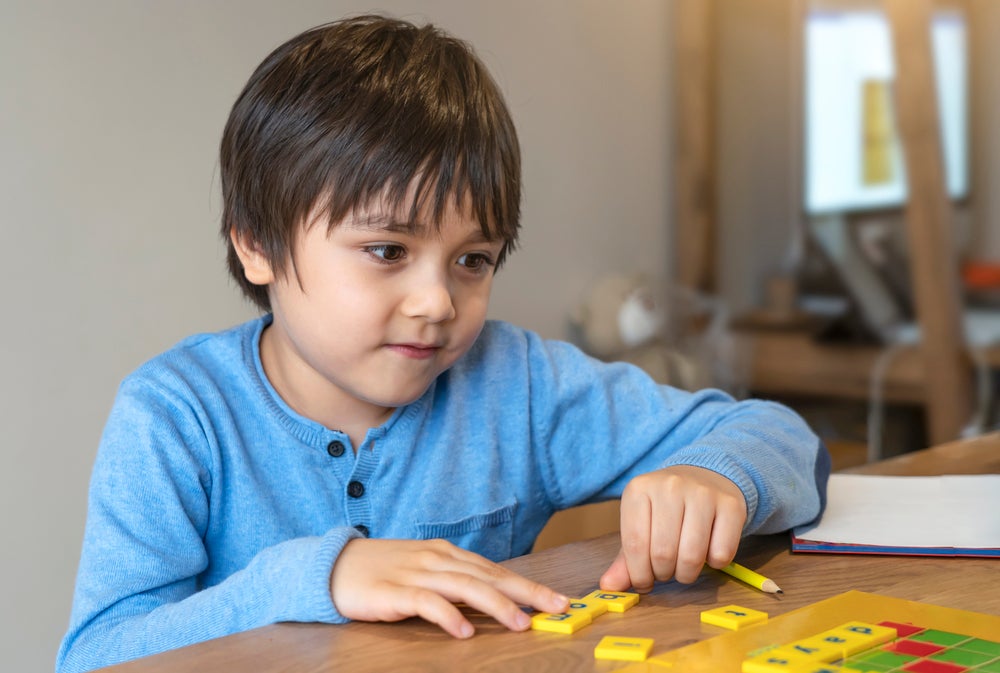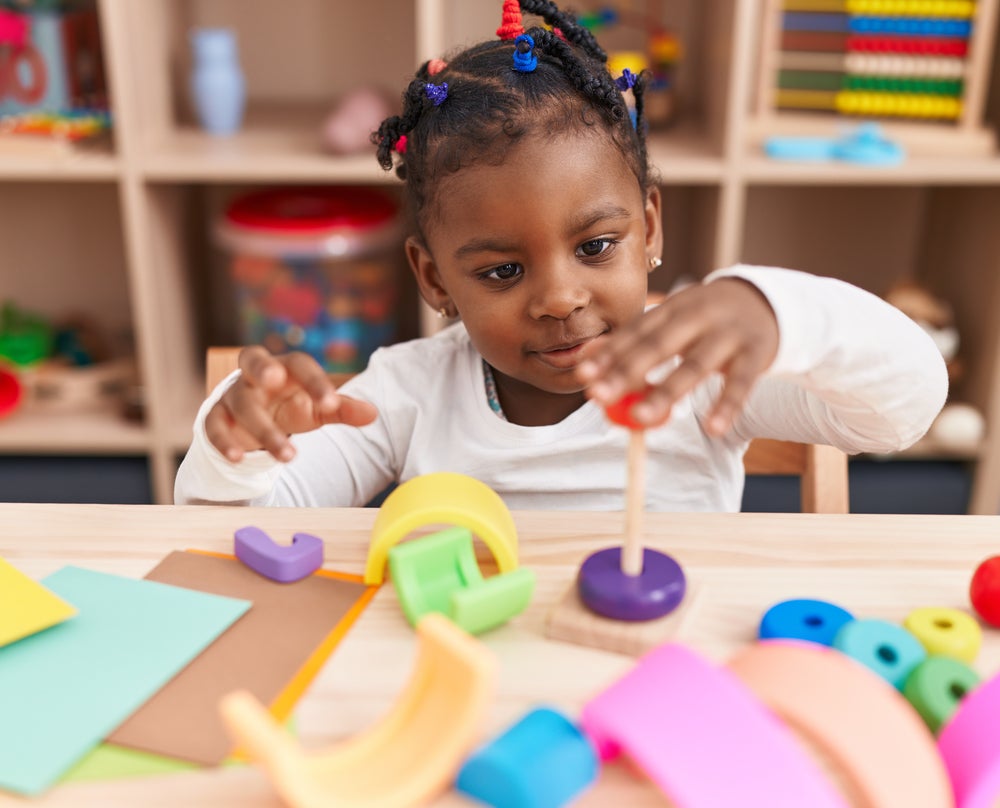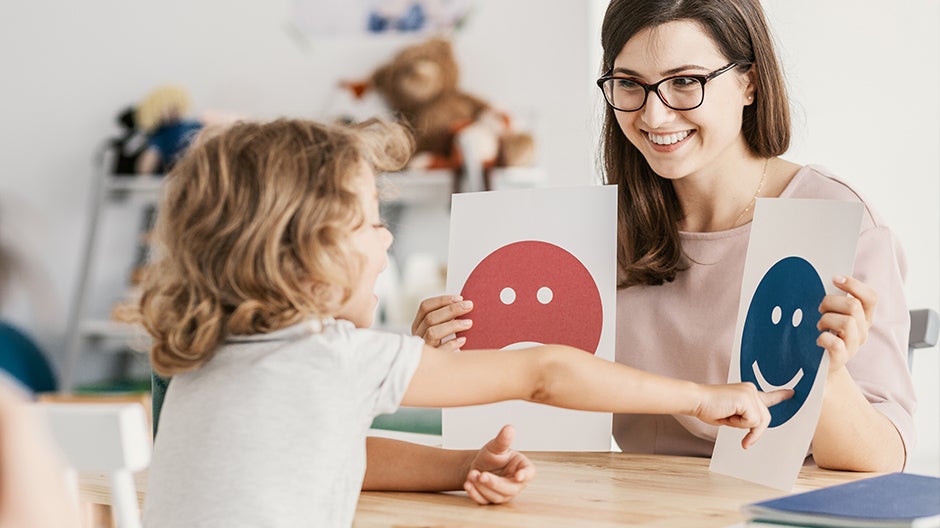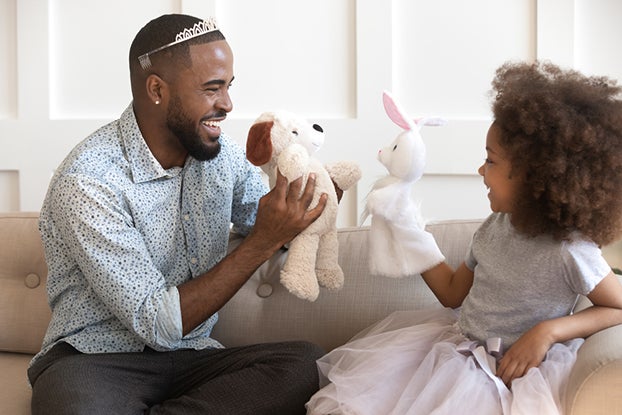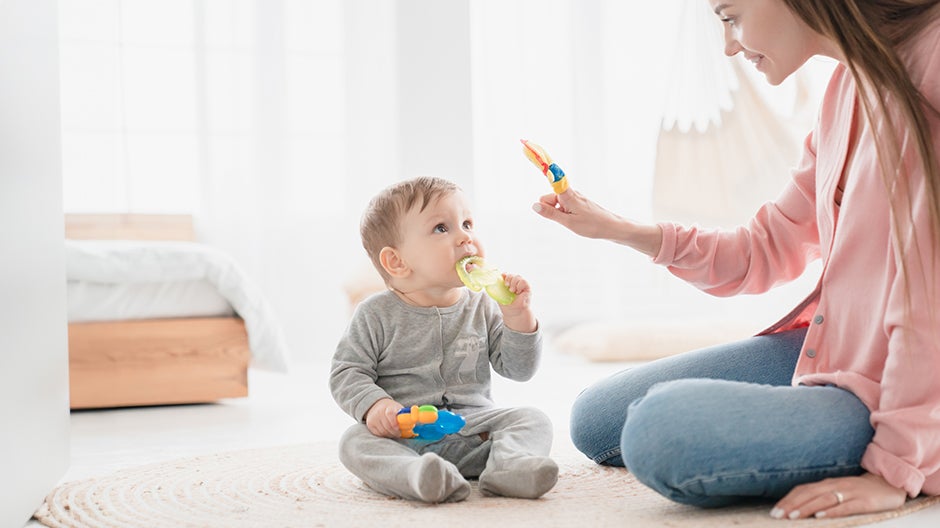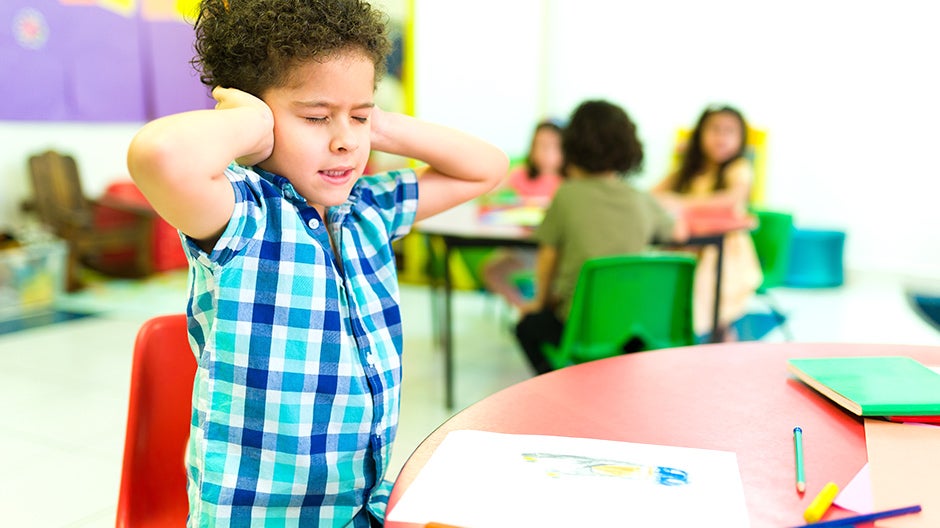Empathy—the ability to understand how someone else is feeling or felt—is one of the most critical social-emotional skills your child can develop. Developing empathy is part of building Character, one of the research-based 5 C’s at the heart of the Begin Approach to helping kids thrive in school and life. Kids who have well-developed Character skills do better in school, are calmer and more emotionally resilient, and have healthier relationships with friends, teachers, and classmates.
The Short Cut
- Empathy, the ability to understand how someone else is feeling or felt, helps develop Character, is one of the 5 C’s that help kids thrive in school and life
- Kids usually start to show empathy between age 2 and age 3
- Parents can help kids develop empathy by identifying and talking about feelings, asking kids to imagine how someone feels when playing pretend, and praising kids for showing empathy
What Is Empathy?
At its heart, empathy is one of the main drivers of kindness in children. It’s what inspires the kid who brings a toy to a crying younger sibling, cheers up a sad classmate, or wants to make tea for a parent who’s sick in bed. Teaching kids empathy helps them understand and care about others.
While empathy is essential, it doesn’t always come easily to young children. Empathy requires both imagination and perspective-taking. You have to be able to see things from another person’s point of view and think about how you would feel in their situation. For inherently egocentric toddlers this can be extremely difficult, but as we grow, being empathetic becomes easier.
As a result, empathy might look different at different ages. Two-year-olds may start to notice when others around them are upset or hurt, whereas by age three they might begin to actively comfort a friend or family member who is upset. As children age you will see them start to understand more complex or subtle emotions in those around them. Developing empathy for others is a process that begins in toddlers and continues throughout a lifetime.
Why Teaching Kids Empathy Is Important
When your child learns to step into another person’s shoes and see the world through their eyes, good things happen. A stronger ability to empathize leads to:
- Improved relationships with family, friends, and classmates
- Greater ability to resolve conflicts
- Higher levels of cooperation
- A stronger sense of self-awareness
- Ability to make friends more easily
In addition, this Character skill can significantly impact your child’s success throughout their life. Empathetic adults tend to be more successful in their careers. They’re better leaders, and they make better decisions.
The good news is that parents and caregivers can help their children understand how others are feeling. To assist you with that, let’s look at five different ways you can help your child become more empathetic.
Strategies for Teaching Kids Empathy
1. Talk about Feelings
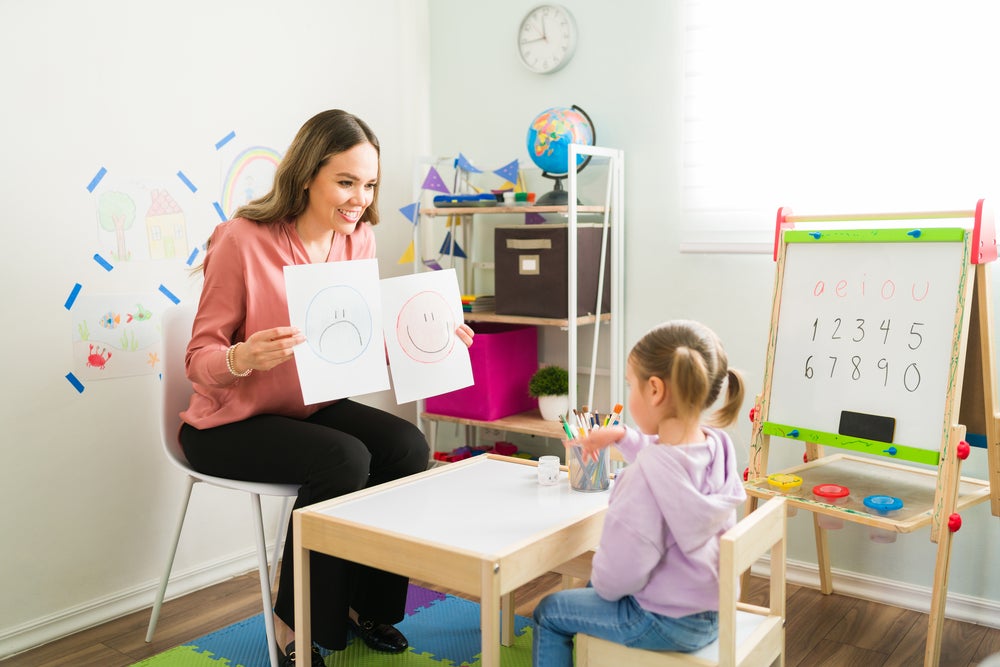
Make conversations about feelings a regular part of your family culture from a young age. When you do this, you help your child become more aware of their own emotions and the emotions of others.
You can start talking about feelings with your baby or toddler by using simple terms to describe your emotions. For example, “I feel happy” or “I feel tired.”
As they get a little older, you can help them better understand more complex emotions with phrases such as, “I feel frustrated because I can’t figure out this puzzle.”
Using age-appropriate language to connect what you’re experiencing to what you’re feeling is one of the best tools for teaching kids empathy.
At this age, you can also talk about the emotions you see in others. You might say, “Grandma looks sad. I wonder why.” Then, you can ask your child for their input. This helps them recognize that other people have feelings, too.
In addition to talking about your own feelings and the feelings of others, ask your child how they’re doing. Listen to what they say, and don’t invalidate their feelings or tell them they shouldn’t feel a certain way. Instead, just listen and offer support.
Try echoing the child’s feelings without judgment (for example, “Oh, I see. You feel really frustrated because your blocks keep falling over.”). This can help the child feel understood, and understand their own emotions.
Also, avoid looking for ways to “fix” your child’s problem or emotions, as this can also invalidate their feelings. If they want suggestions, that can be your next step, but let them ask first.
While talking about emotions, don’t shy away from those that are more intense. Your child needs to learn that it’s OK to feel angry or sad sometimes. Those emotions aren’t problems to be fixed. They’re natural, they help kids communicate their needs, and kids will eventually learn to manage them on their own with practice.
The more your child hears about different emotions, the better they’ll be at identifying them in themselves and others.
2. Role Play
Role-playing is a type of pretend play that allows kids to explore different emotions and situations. It’s a great way to help them understand how other people might feel in various circumstances.
When role-playing, encourage your child to imagine how someone else might be feeling. Ask them what they would do if they were in that person’s position.
You can role-play different scenarios with your child. Pick simple events from childhood for your inspiration.
For example, pretend you’re both at the park. One of you is the child who just got pushed off the swings by another kid. The other person is the empathetic bystander who comes to help.
Once you’ve established your roles, encourage your child to imagine how you’re feeling. This teaches them to take their own knowledge of feelings and apply it to someone else.
If your child isn’t quite sure what to do, switch roles. As you’re playing the part of the empathetic bystander, you can model what it looks like to pay attention to the needs of others.
You can also use puppets or stuffed animals to act out different scenes. This can be helpful if your child is shy or has trouble putting themselves in someone else’s shoes.
3. Identify Feelings in Books and Pictures

Books are a great way to help kids develop empathy. And reading together can open a whole new world of discussion about social-emotional skills.
As you read, point out the different emotions the characters are experiencing. You can also ask your child how they think the characters are feeling by looking for clues in the pictures.
Throughout the story, talk about how the characters’ feelings change over time. This encourages them to start thinking about how others might feel in different situations. They can also start connecting how the words and actions of others have an impact.
There are so many great books you can use for teaching kids about empathy. A few of our favorites include:
- The Way I Feel by Janan Cain
- My Friend Maggie by Hannah E. Harrison
- Adrian Simcox Does NOT Have a Horse by Marcy Campbell
- The Rabbit Listened by Cori Doerrfeld
- You, Me and Empathy by Jayneen Sanders
These books can each spark discussions about feelings and are good to read over and over again.
4. Offer Praise
Whenever your child shows empathy toward others, give them specific praise for their efforts. For example, if you see your child sharing their toys with a friend, tell them how proud you are of their thoughtful actions.
Explain that because they were considerate of their friend’s feelings, they made that person feel happy. This positive reinforcement helps them realize that their actions are valued. It also motivates them to be more empathetic in the future.
Overall, try to offer more praise than criticism. And catch your child showing empathy as often as possible and point it out.
When they recognize firsthand how their actions can make a difference in someone else’s life, it helps them understand empathy. This allows them to see themselves as a kind and compassionate person, too.
5. Keep Empathy Expectations Age-Appropriate
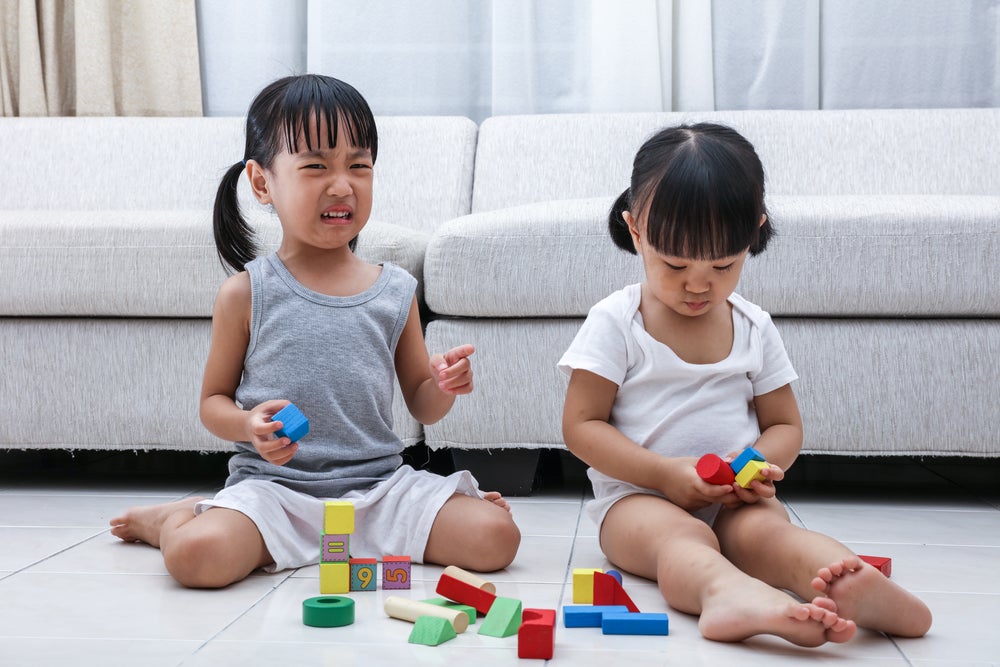
Toddlers aren’t known for being empathetic. At this age, it’s natural for them to be more concerned about themselves.
However, that doesn’t mean you shouldn’t start teaching kids empathy when they’re young. It just means you need to be realistic about what you can expect from them at this age.
For example, if your toddler is struggling with big feelings, don’t expect them to stop screaming to try to understand how their behavior is making you feel. Instead, focus on teaching them how to manage their own emotions.
Kids who don’t understand their own feelings can’t yet understand the feelings of others. So, helping your toddler develop self-awareness is an important first step in teaching empathy.
As they get older, their capacity for empathy increases. By the time they start school, most kids can understand and empathize with the feelings of others.
At this point, you can start expecting them to think about how their actions might affect others. You can also teach them specific skills for managing emotions and handling conflict.
But remember that kids are kids. They aren’t going to be perfectly empathetic all the time. Just like adults, they’ll have good days and bad days.
The important thing is to keep encouraging them to think about the feelings of others and to be kind. They’ll get better and better at empathizing with others the more they practice.
Teaching Kids Empathy with Begin
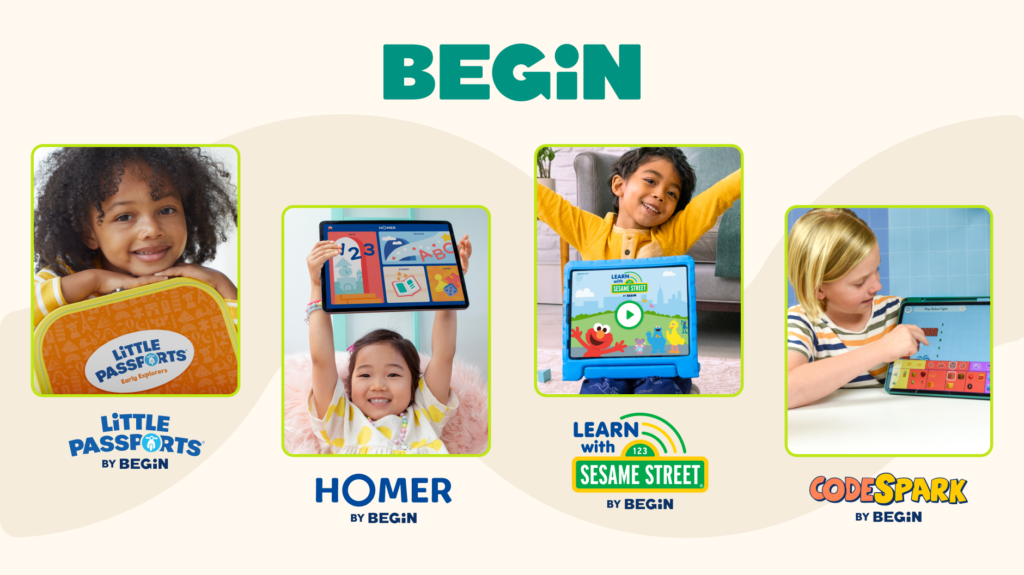
Teaching kids empathy isn’t something you can do once and call it a day. It takes time and patience. Some kids will seem like they’ve mastered it, and then the next day you’ll wonder why they’re back to square one. This is normal. And if you keep reinforcing their learning they should keep improving over time.
Doing that reinforcement can be hard. Begin makes it easier.
The first stage of our learning membership focuses on social-emotional skills, helping kids become more empathetic. Together with beloved Sesame Street friends, kids will learn to identify emotions, practice managing big feelings, and more.
Take our quiz to see which membership stage fits your family best today!
The more kids practice empathy, the better they’ll get. And as they become more empathetic people, they’ll make the world a kinder, more compassionate place for themselves and everyone else.


